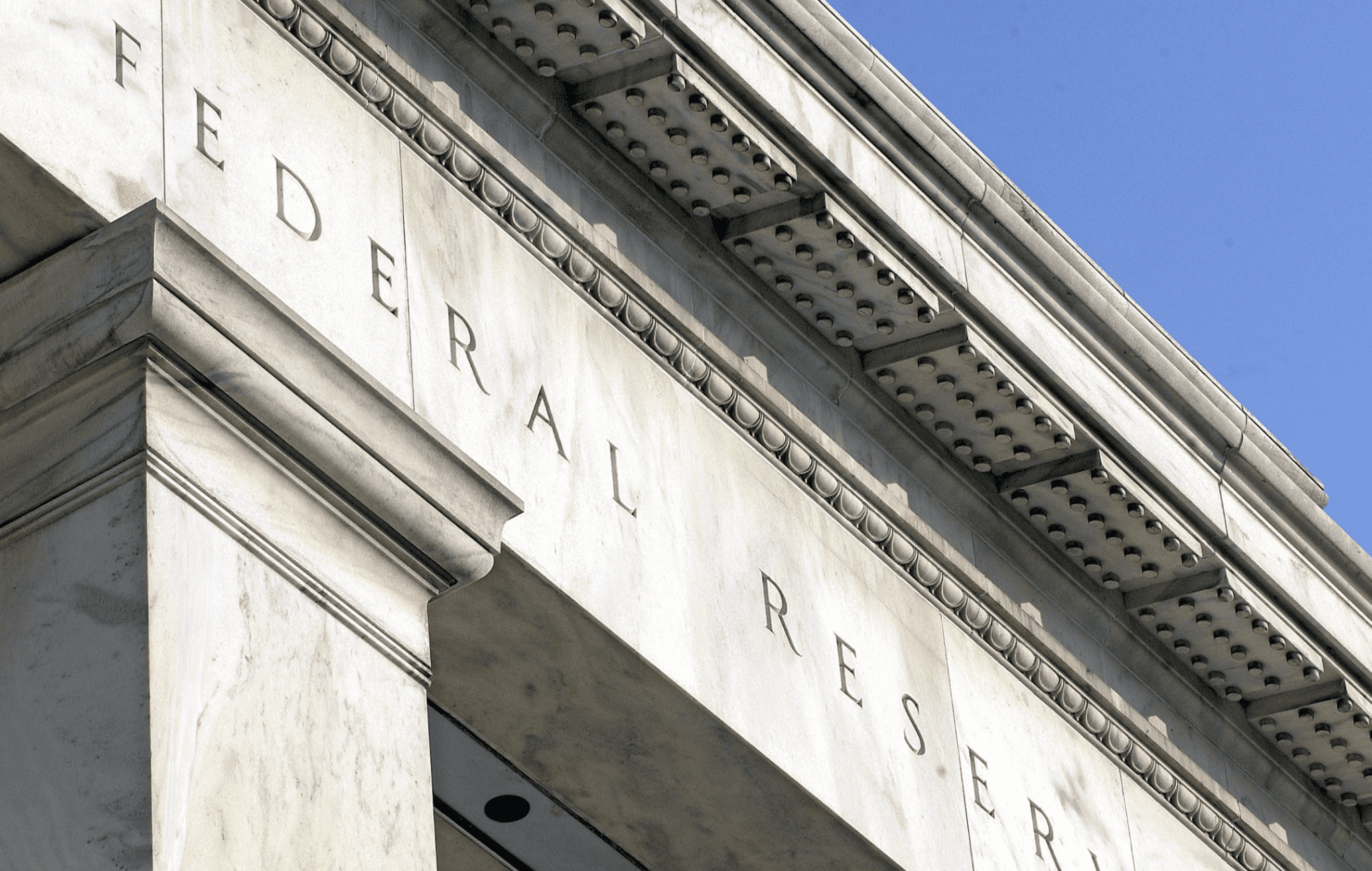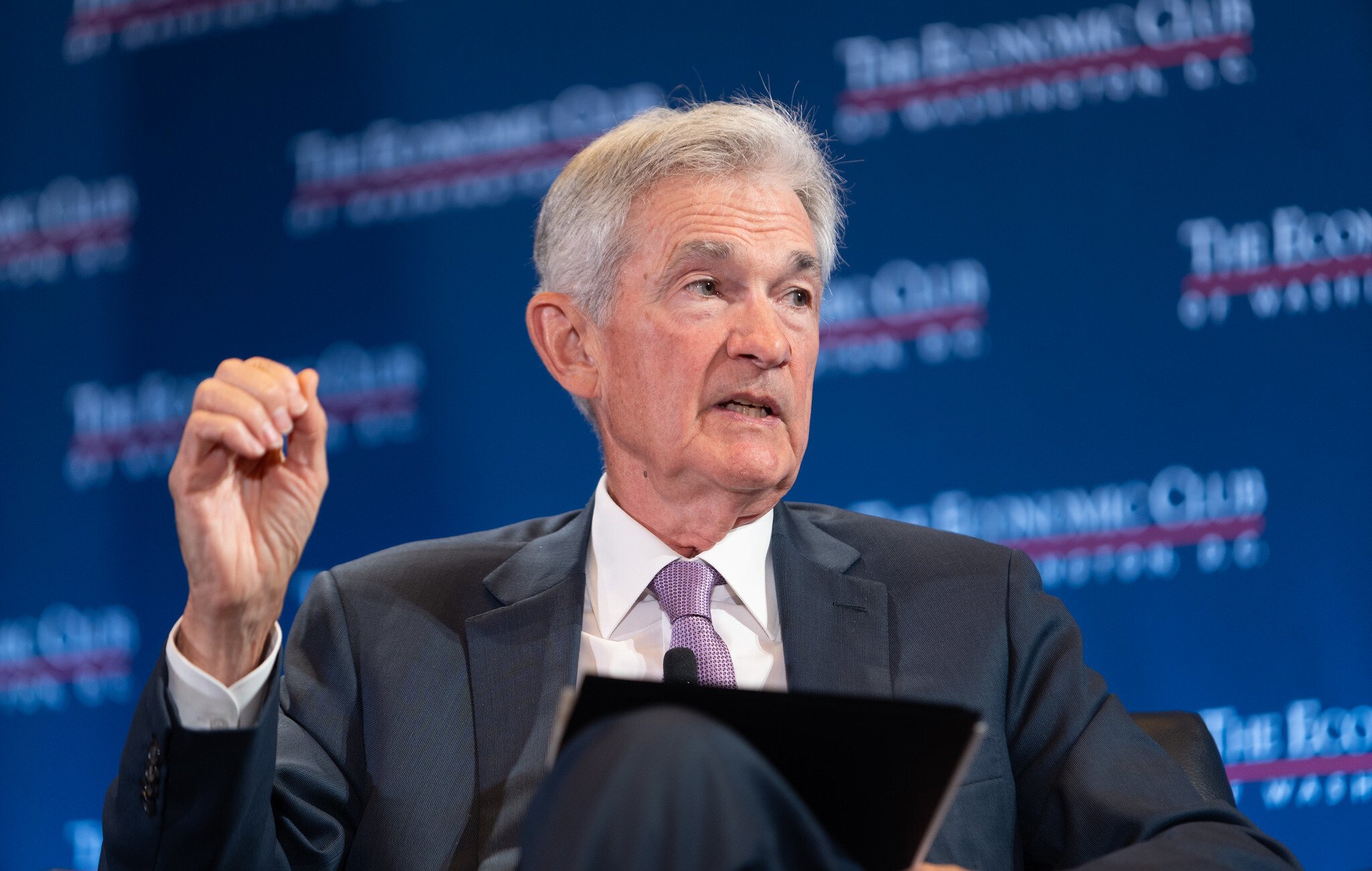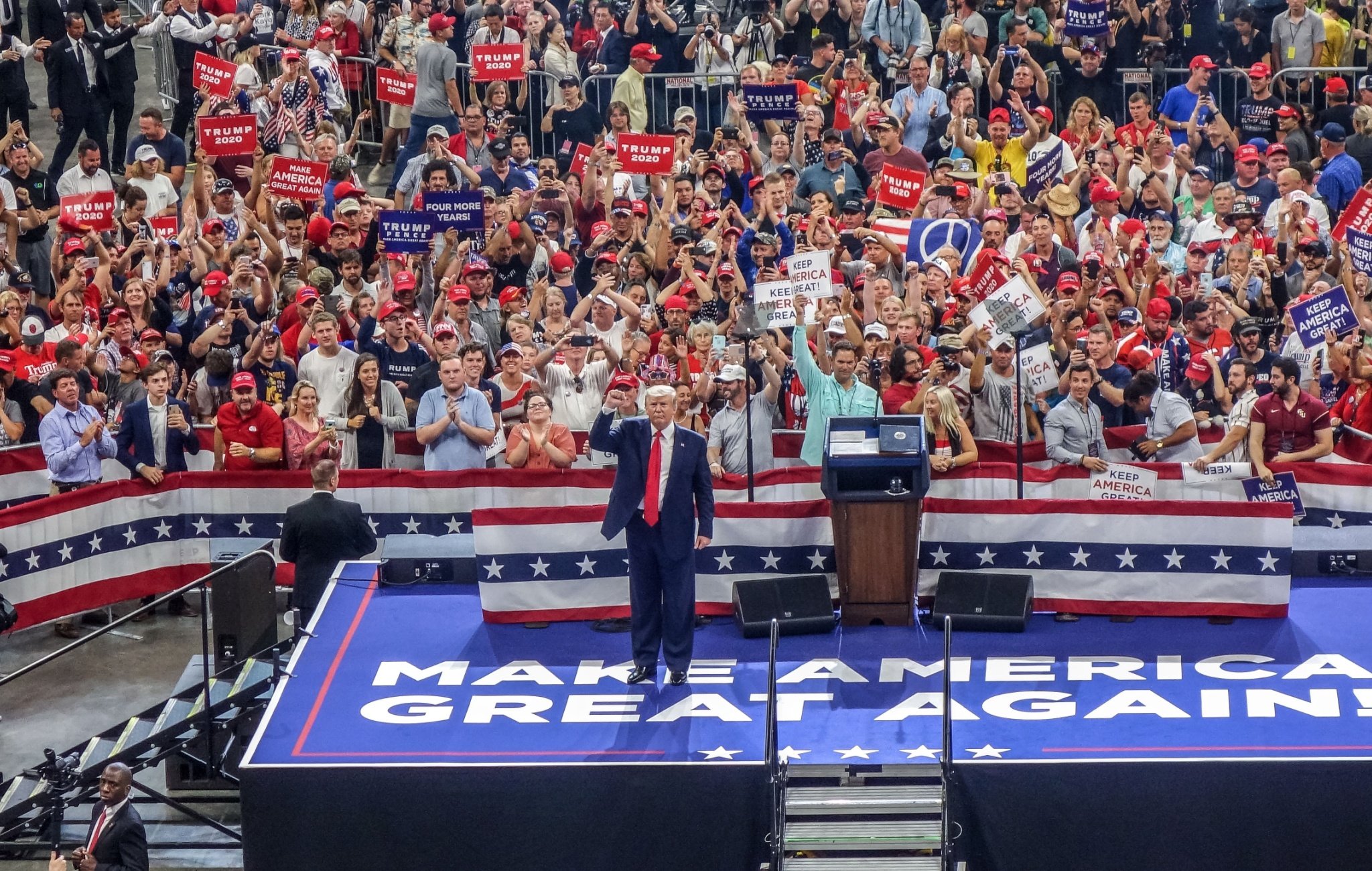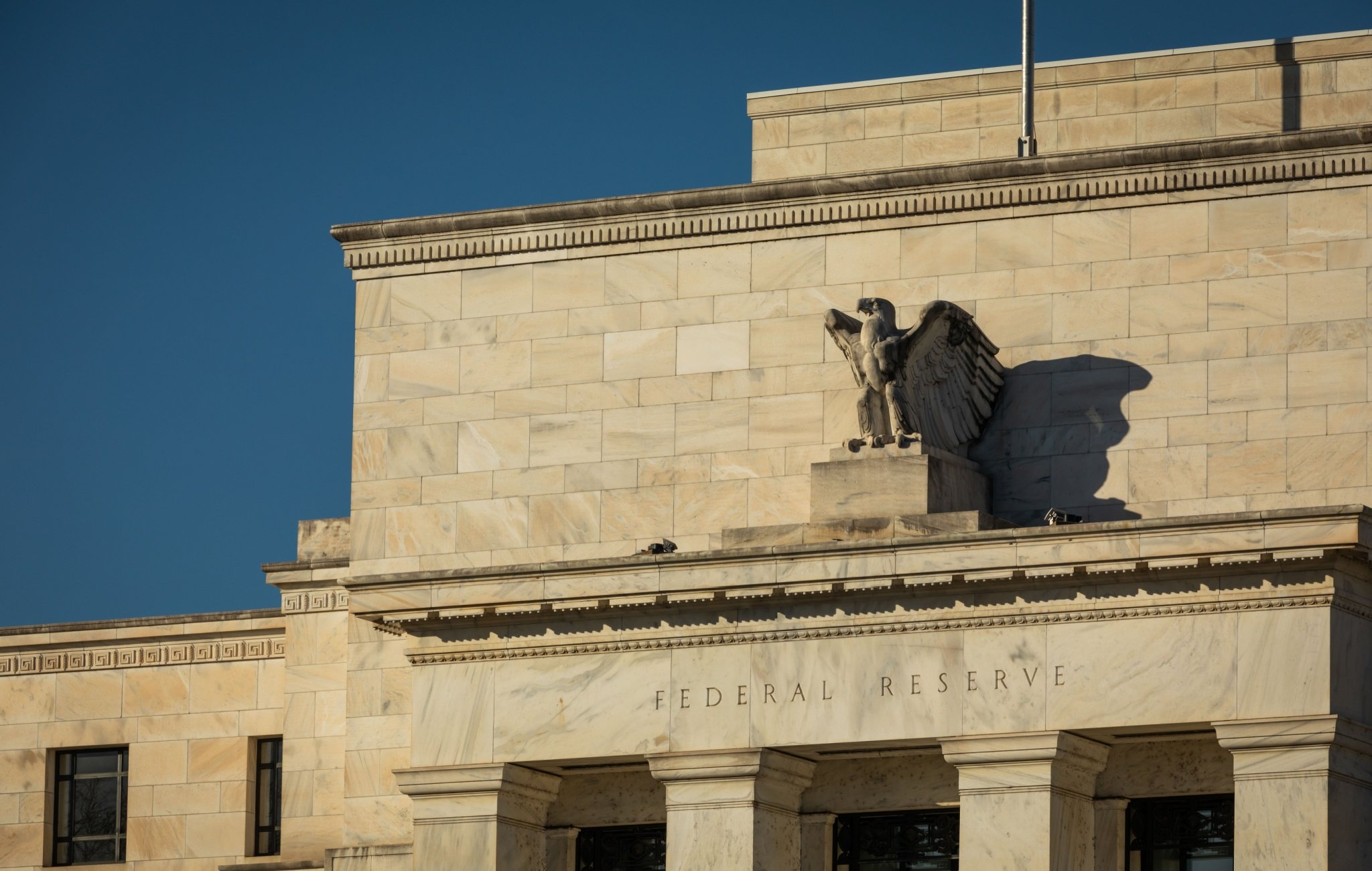Monetary policy influences inflation, employment, and economic activity. A stable but dynamic monetary system is vital for supporting economic growth, individual liberty, and a prosperous society. Therefore, we examine the causes and consequences of monetary policy (including inflation), identify ideal and practical steps towards a better monetary policy regime, and look at monetary alternatives and financial regulation.
Articles
Moderate Inflation Affirms Fed’s Path to Easing
“The Fed should ignore the political noise and follow the data. Central bankers failed to curb inflation, but that doesn’t mean they should deliberately make the opposite mistake now.” ~Alexander W. Salter
Tax Cryptocurrencies as Money, Not Property
“Treating cryptocurrencies like property for tax purposes discourages people from using them like monies.” ~Gerald Dwyer
Inflation Slightly Below Target in July
“The federal funds rate target range is likely to be at least a full percentage point lower by the end of the year. That would significantly reduce the distance the Fed needs to travel in order to return monetary policy to neutral.” ~William J. Luther
The Permanent Temptation of All Governments
“The math of 2 percent compound shrinkage demonstrates that the Fed wants to depreciate the dollar’s purchasing power by 80 percent in each average lifetime. Somehow the Fed never mentions this.” ~Alex Pollock
The Federal Reserve and Pandora’s Box
“In the name of preventing a second Great Depression, then-Fed Chairman Ben Bernanke opened a Pandora’s Box of monetary ills in 2008. And like the Greek myth, there may be no way of putting these ills back in the box.” ~Paul Mueller
Understanding Public Debt
Whether at the federal, state, or local level of government, the rate of growth of government debt is unsustainable. Fortunately, solutions are available for all levels of government.
Moderate Inflation Returns in July
“To judge whether monetary policy is loose, it is not enough to show that monetary aggregates are growing at historically low rates. What matters is whether the money supply is growing faster than money demand.” ~Alexander W. Salter
There’s Nothing Conservative about Deficits and Debt
“Interest payments now suck up more of the federal budget, leaving less to spend on important political priorities. Since Republicans and Democrats disagree about what those priorities are, the resulting fiscal strain amplifies partisan divisions.” ~Alexander W. Salter
Should the Fed Get Credit for Lower Inflation?
“Labor market developments cannot explain the decline in nominal spending growth. Tighter monetary policy can… Given the lags of monetary policy, the Fed may have already undershot its target.” ~William J. Luther
Milei’s New Monetary Regime for Argentina
“Despite its controversial nature, full dollarization remains the monetary regime with the most potential for long-term stability in Argentina. It offers a credible pathway to restore confidence and put the country back on a sustainable economic trajectory.” ~Nicolás Cachanosky
Research Publications
On the origins of cryptocurrencies
WJ Luther, N Sridhar. A Modern Guide to Austrian Economics, 200-215, 2022
Seigniorage payments and the Federal Reserve’s new operating regime
BP Cutsinger, WJ Luther. Economics Letters 220, 110880, 2022
Central bank independence and the Federal Reserve’s new operating regime
JL Jordan, WJ Luther. The Quarterly Review of Economics and Finance 84, 510-515, 2022
The Value of Bitcoin in the Year 2141 (and beyond!)
JR Hendrickson, WJ Luther. The Economics of Blockchain and Cryptocurrency, 51-68, 2022
Cash, crime, and cryptocurrencies
JR Hendrickson, WJ Luther. The Quarterly Review of Economics and Finance 85, 200-207, 2022
Book Review: Money and the Rule of Law: Generality and Predictability in Monetary Institutions
PC Earle. Quarterly Journal of Austrian Economics 24 (4), 2022
General Institutional Considerations of Blockchain and Emerging Applications
PC Earle, DM Waugh. The Emerald Handbook on Cryptoassets: Investment Opportunities and …, 2023
Cryptocurrencies, Blockchain, and Public Choice
RM Yonk, D Waugh. Cryptocurrency Concepts, Technology, and Applications, 2023
Money, Power, and the People: The American Struggle to Make Banking Democratic by Christopher W. Shaw
RE Wright. Journal of Interdisciplinary History 52 (4), 624-626, 2022
Stephanie Kelton, The Deficit Myth: Modern Monetary Theory and the Birth of the People’s Economy. New York: public affairs, 2020. Xi +325 pages. 30.00 USD …
TL Hogan. The Review of Austrian Economics, 1-4, 2022
War, money & economy: Inflation and production in the Fed and pre-Fed periods
TL Hogan, DJ Smith. The Review of Austrian Economics, 1-23, 2022
Comment on Docket No. OP-1793,’Principles for Climate-Related Financial Risk Management for Large Financial Institutions’
TL Hogan. OP-1793,’Principles for Climate-Related Financial Risk Management for Large …, 2023
Inflation, Tangential Goals, and the Fed’s Dual Mandate
TL Hogan. Cato Institute, 2022


















